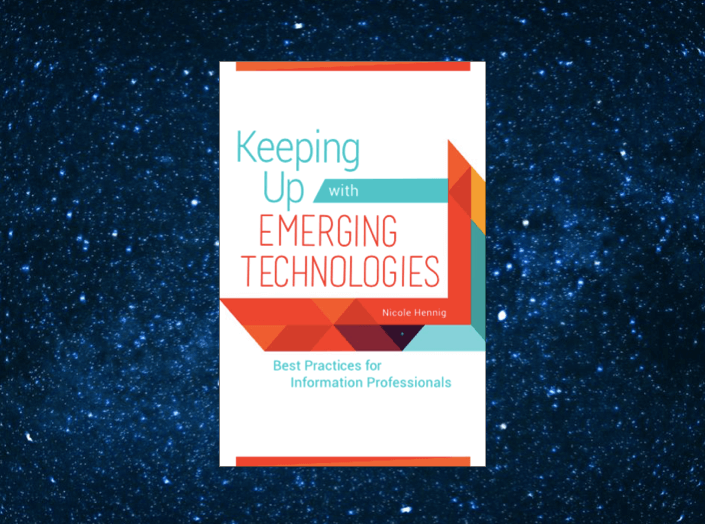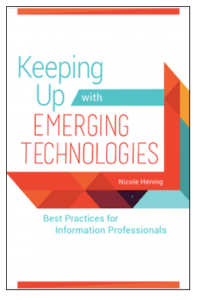Learn the best methods for keeping up (no matter what new technology is trending)
There are many books and articles written for librarians about specific emerging technologies, but it’s hard to find a comprehensive resource for the best methods for keeping up and integrating new technologies into library services. So that’s why I’ve written this book.
This handbook covers a wide variety of methods for gathering information about new technologies, evaluating them, setting up experiments to help you match technologies with user needs, and finally how to recommend the use of new technologies in library services.
Using new technologies to make a positive difference in the lives of your users
In my 14 years working at the MIT Libraries (first as web manager/usability specialist, then as head of the user experience department) I had a chance to try out many different techniques, and to benefit from the ideas of experts outside of our field.
In this book I’ve brought together all of the most useful methods (tried and tested), in order to make this information easy to use in your library.
When you have a plan and a set of methods like these, you can design library services that make a strong positive difference in the lives of your users. And you can keep up with the fast changing world of new technologies.
Who is it for?
- librarians
- educators
- educational technology specialists
- those with “emerging technologies” in their job titles
- those who manage these positions and need to write job descriptions for them
- library school students who want to follow this career path
- those who are designing curriculum for this career choice.
Table of Contents
1. Introduction
- Why this book?
- Visionaries and implementers: two roles for this work
- Challenges for libraries: technology staffing
2. Gathering Information: Sources and Strategies
- Introduction
- Skimming and scanning
- Newsletters, feeds, & groups
- Multimedia resources: video, audio, and courses
- Conferences and local events
- Trend reports
- Books
- Popular culture and science fiction
- Dealing with information overload
3. Gathering Information: More Strategies
- Look outside your field or discipline
- Categories of technologies
- How far out to look
- Visionaries and implementers – strategies for each
4. Gathering Information: User Needs
- UX: User Experience
- Types of user research
- Examples
5. Inclusion, Ethics, and The Digital Divide
- Following ethical debates
- Being inclusive: diversity, accessibility, and the digital divide
- Summary
6. Evaluating Information
- Introduction
- Letting ideas percolate
- Note-taking
- Curating information for others
- Trends versus fads
- Summary
7. Experimenting
- Hands-on play
- Project methods: design thinking
- Project methods: agile, and “the lean startup”
- Ideation methods
- Designing experiments and evaluating the results
- Criteria for evaluating your experiments
- Summary
8. Moving Toward Implementation
- Presenting to and persuading decision-makers
- Passing on projects to implementers
9. Emerging Technologies Librarians – Defining Job Roles
- Current job descriptions
- Defining this type of position for your organization
- What to do if you are a very small organization
- Diversity and “performance-based job descriptions”
- Template for your job description
10. Epilogue
- Summary and conclusion
11. Resource Guide
- Bibliography: books, blogs, articles, websites
- Guide to mobile apps

